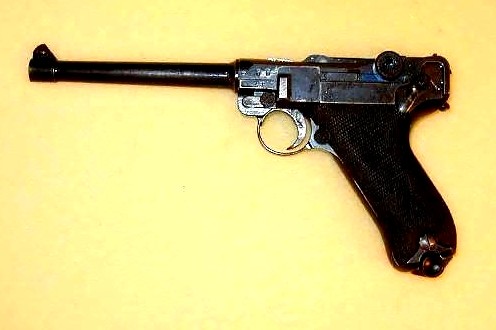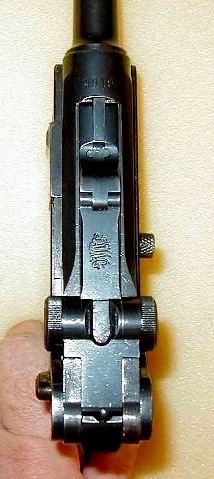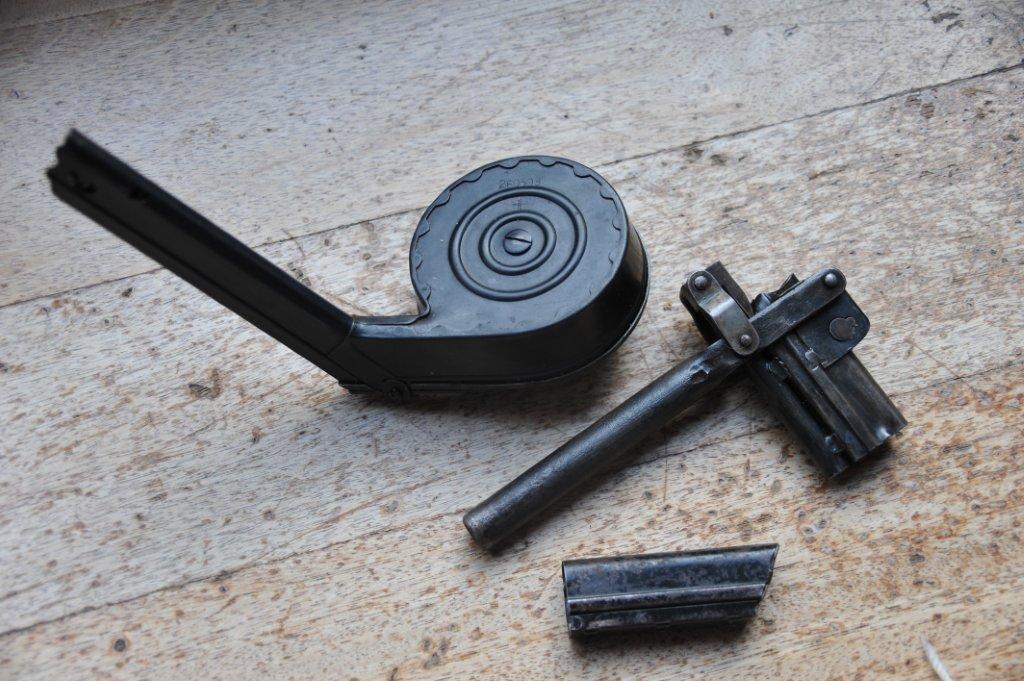
History of "Luger"
(or parabellum)
The Parabellum pistol can be called the successor of the Borchardt, since Georg Lüger, who had also been working for the Löwe Company at Berlin, has inproved the Borchardt system by creating a more practical pistol on that base. Therefore the pistol is known worldwide as the "Luger", althought this name should only apply to the pistols that bear that specific brand, sold by the A.F. Stoeger & Co of New York, who was commercially smart enough to apply for a patent on the Luger name.
The most important inprovement brought by Luger on the Borchardt was to replace the old and complicated coil return spring by a new spiral one, simpler, housed in the grip frame and coupled to the toggle-lock through a curvy lever. Luger also eliminated a few less important details, and the "Borchardt-Luger" was issued in 1899.
At first the pistol was designed to fire the same 7.63 mm catridge as the Borchardt one; the Swiss army however, who was interested in the pistol, suggested that a slightely less powerful ammunition would allow for better performances. On this base, Luger shortened the original cartridge and created the famous 7.65 mm Parabellum "bottle"catridge. The Swiss Army adopted the improved pistol in 1900.
The Swiss Army model has a Helvetic Cross on a "sunburst" engraved on top of the chamber.
One thousand of these pistols were also delivered to the US Ordnance Department in 1901, with the American Eagle emblem stamped on the chamber; later on, the US authorities stamped the Military Administration logo on the guns, which a "flaming bomb". This stamp is very small and is stamped on the frame, above the trigger, so it can only be seen when the gun is disassembled.
The next model was issued in 1902, after a number of tests by the Military. The 7.65 mm ammunition was considered too weak for military use; so Luger and the DWM ammunition engineers replied by enlarging the bottleneck of the shell, so that it became straight and could accept a 9 mm conical bullet.
The new pistol issued in 1908 was called by the Military "Pistole 08" or "P08". It was a 9mm caliber pistol with a 4 inch barrel, which included the 1906 improvements but lacked the old grip safety. As the army had ordered a huge quantity of pistols and insisted on the urgence, DWM was unable to fulfill the order and granted the State Armoury of Erfurt a license to produce the pistol. All military P08 bear the date of manufacture on the chamber and the maker's logo (DWM or Erfurt) on top of the toggle.
In 1923, DWM resumed the Parabellum production by issuing commercial 1908 models in 9 an 7.65 mm calibers to fulfill an order from the Dutch Army. The pistol had a 3 5/8 inch barrel, which allowed to escape the terms of the Treaty of Versailles that prohibited barrels of 4 inch and longer, and is known as the "1923 model". The Dutch order allowed DWM, and then known as BKIW, to become part of a large holding that included also the Mauser Company. On basis of a rationalisating project, all machines, tools and equipments, moulds and parts stocks were moved to the Mauser plant at Oberndorf on May 1st, 1930.
That is were the DWM participation to the Parabellum pistol story ceased.
Charger “Snail” for luger
Charger “snail” for artillery PO8 (Trommel-Magazin) of the second type, n° of série260509, manufacture B/N, with its metal protection (Schutzkappe).
With the tool for loading (Füller)

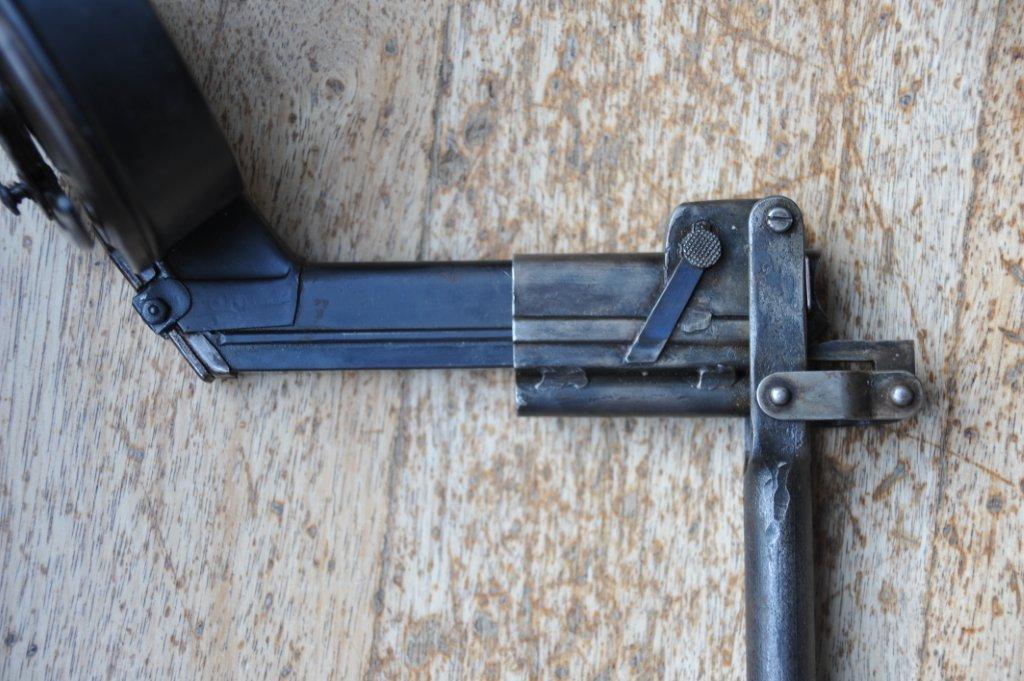
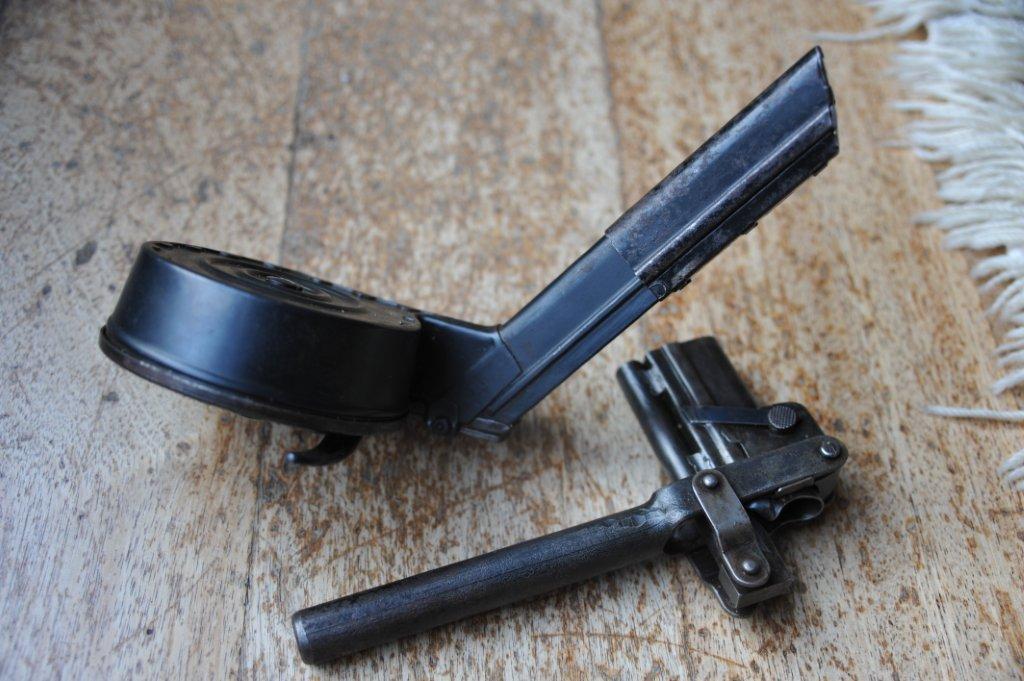
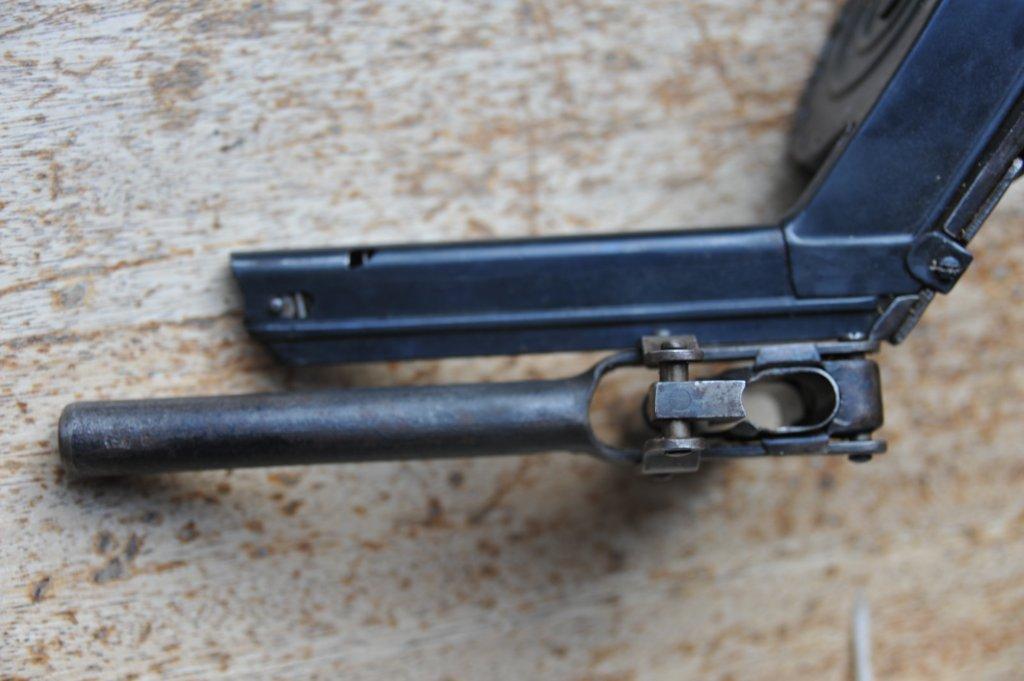
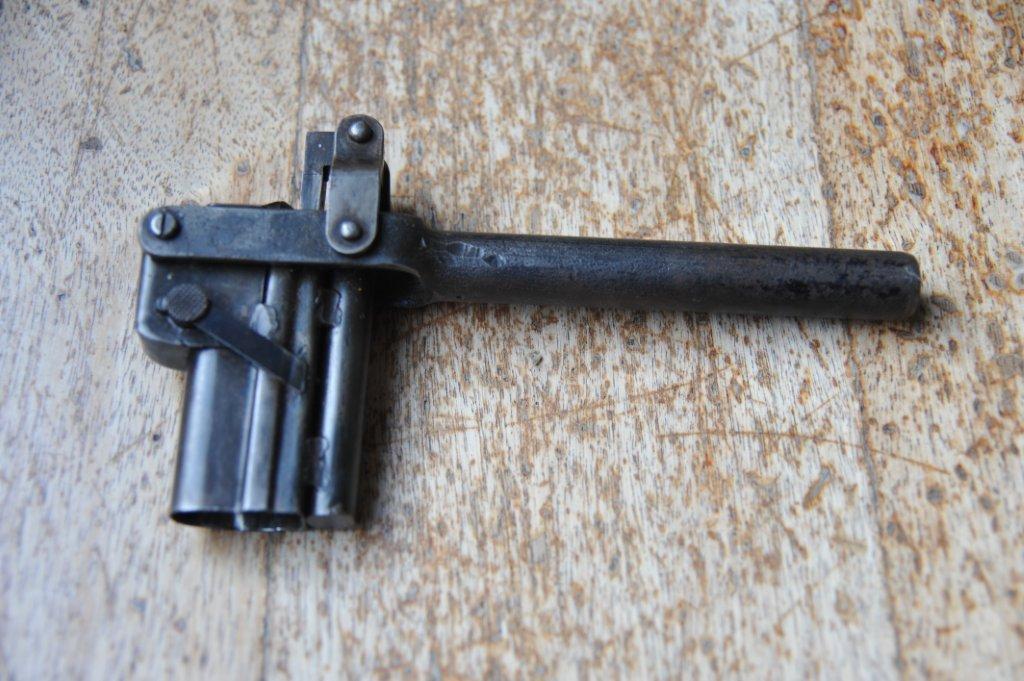
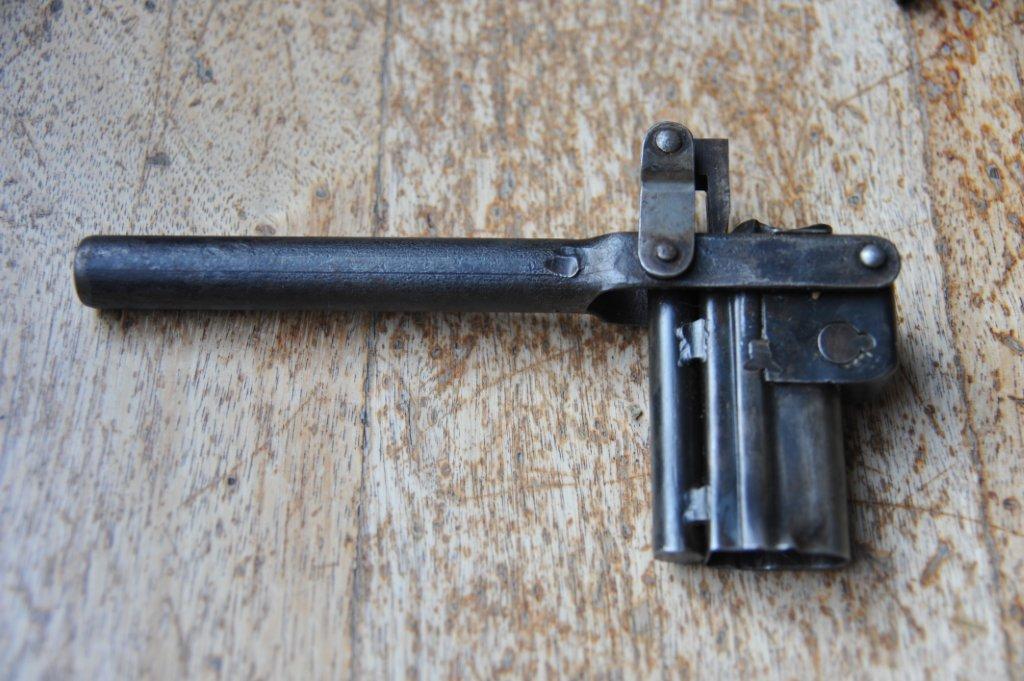
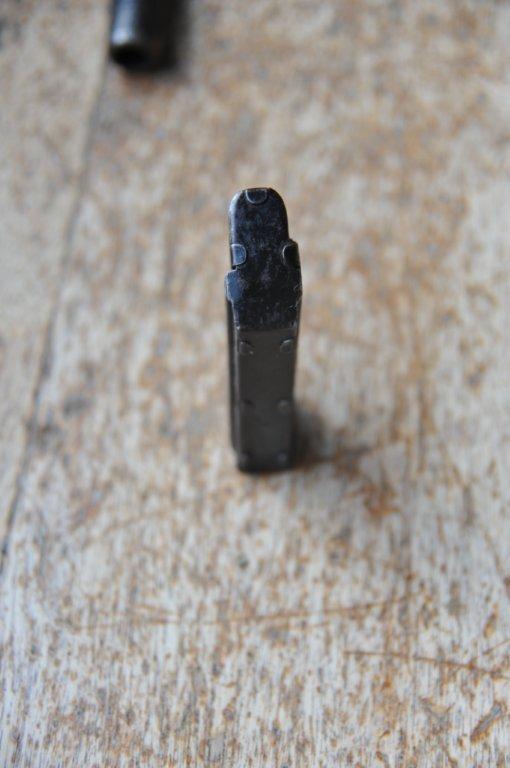
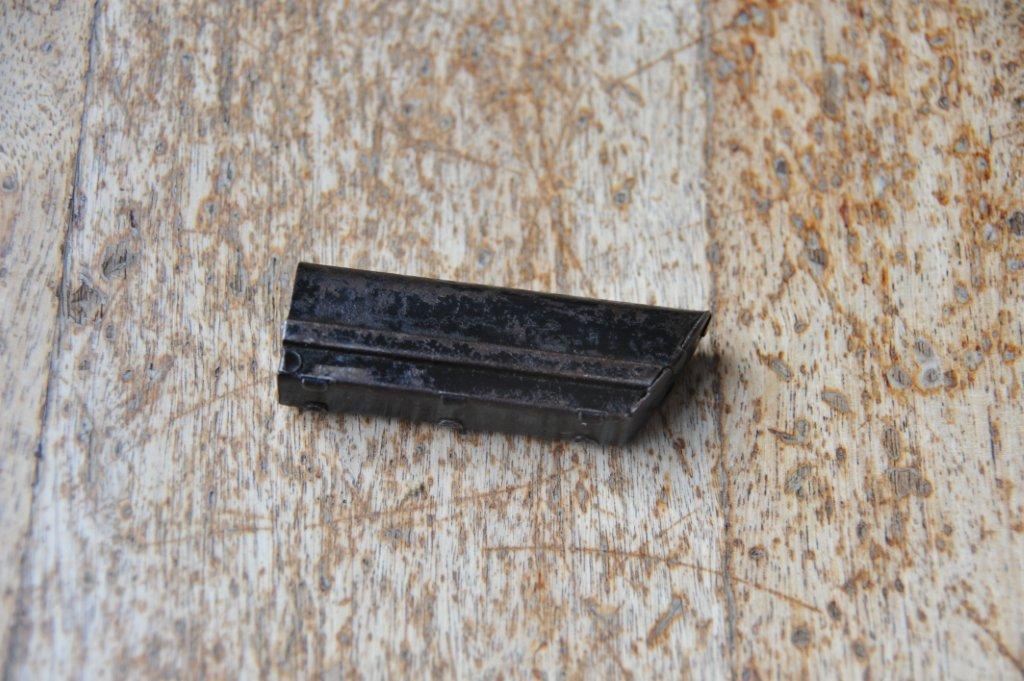
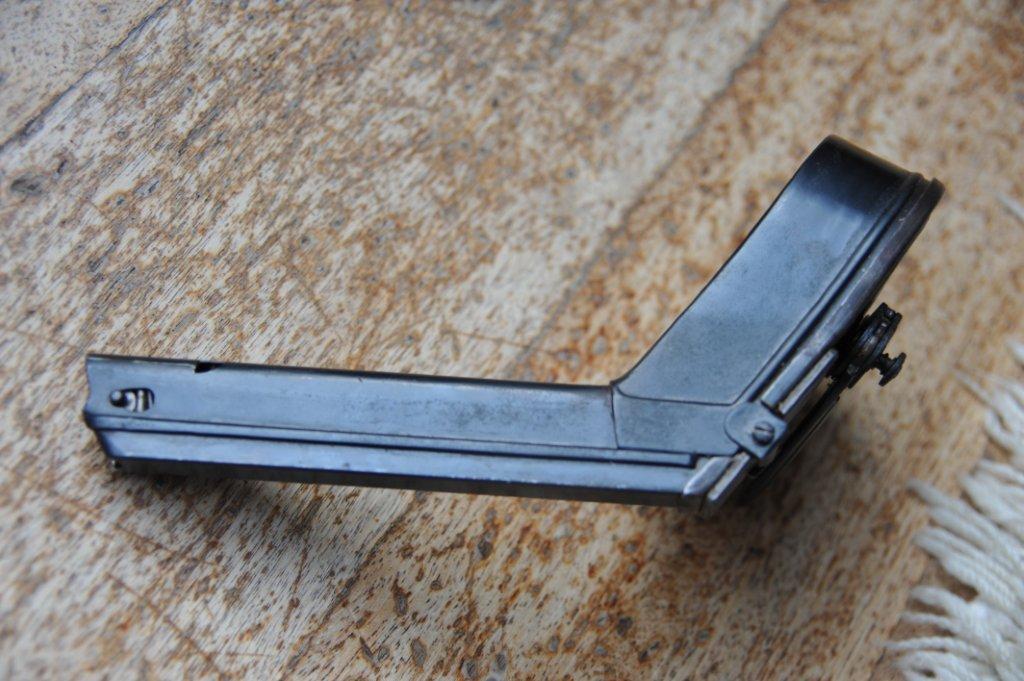
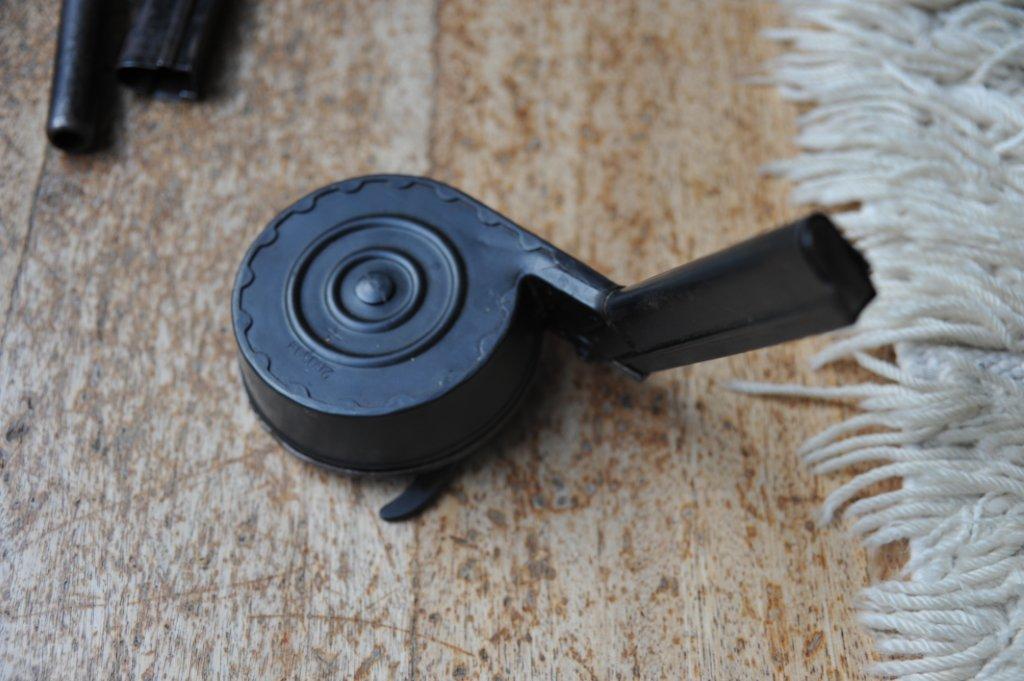
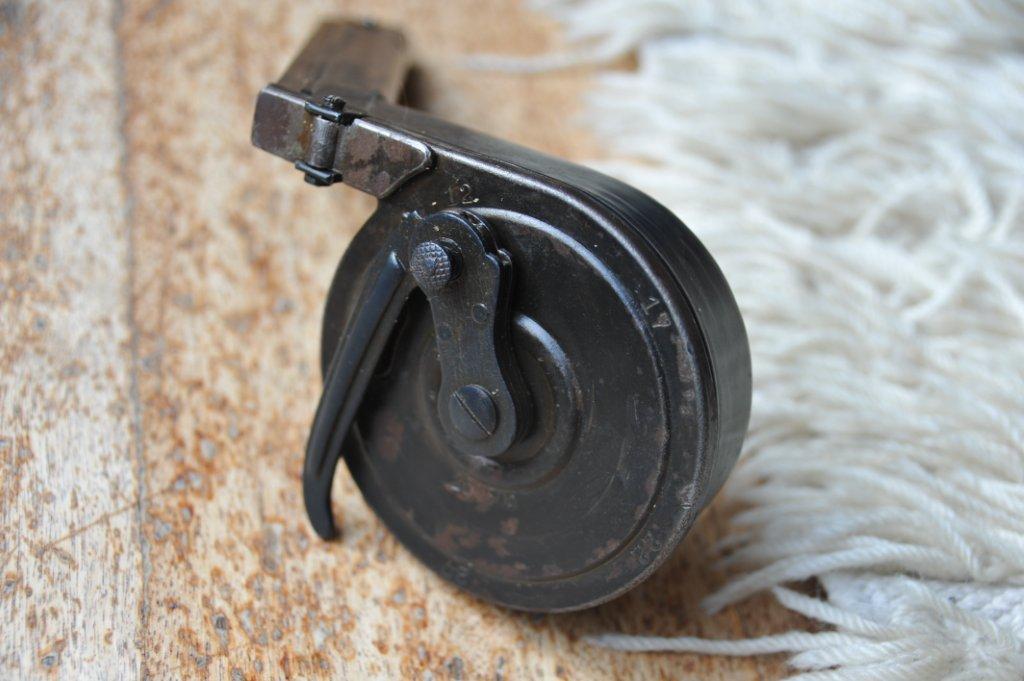

Luger "byf" 40
Mauser made (byf) in 1940
All matching, black plastic grips, black plastic magazine base (nicknamed "black widow") 3 digit serial number without letter.
Enrico
Luger marqued "N"
As promised these some photographs, this under-officer was based on the island of Oléron in the navy flak artillery unit 4/812 with the point of Chassiron thus protecting the entry from the sluice of driving Antioche at the underwater base of the La Rochelle Pallice. On the photograph with the documents one can see on the right letting it pass for the "festungs-bereich" La Rochelle, it was also submariner of "réserve" (verbrennungsmaschine der Klasse II u III, dienstgrad Hpt.gefr.)
Cordially.

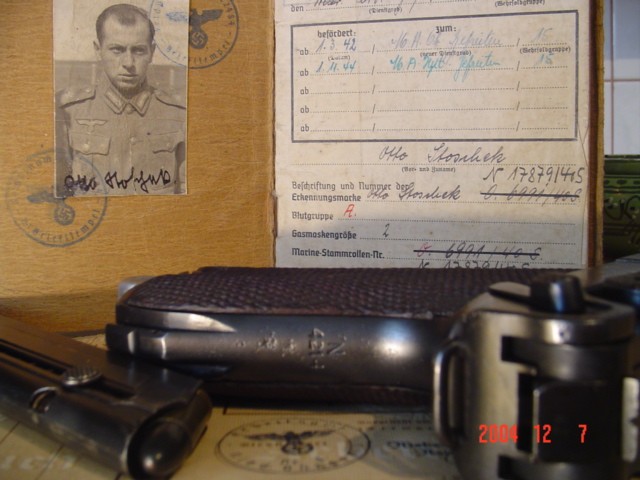
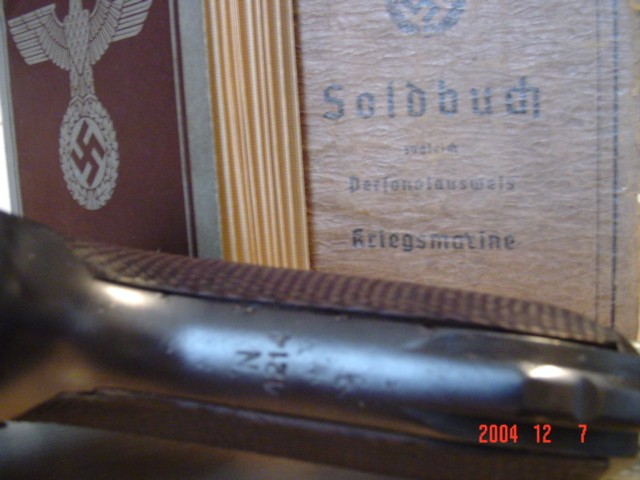
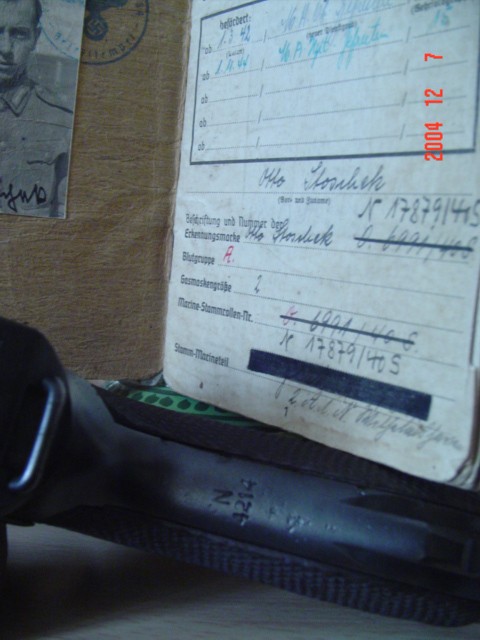
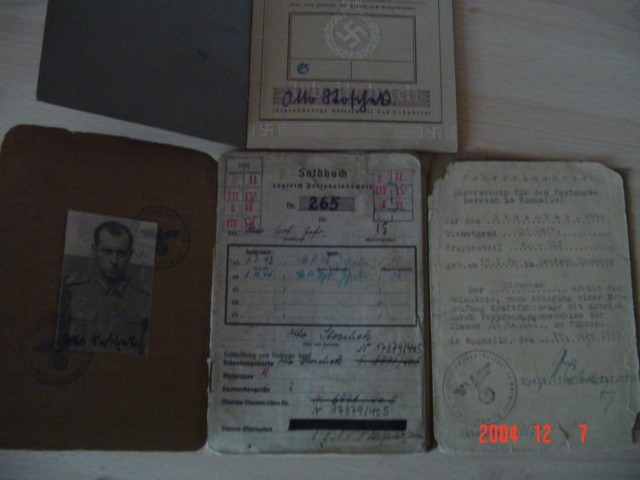
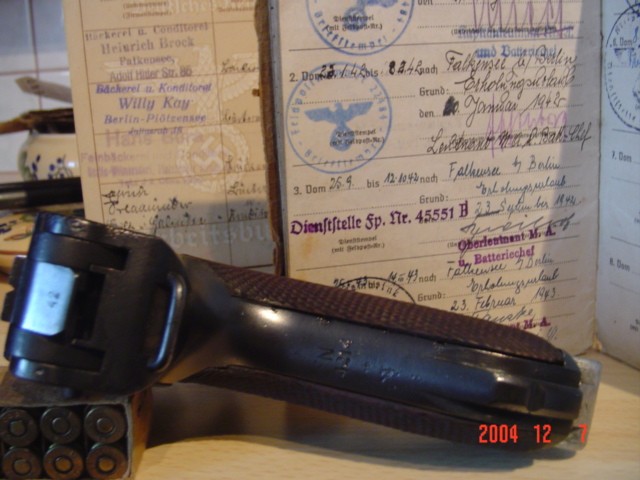
Luger DWM 1918
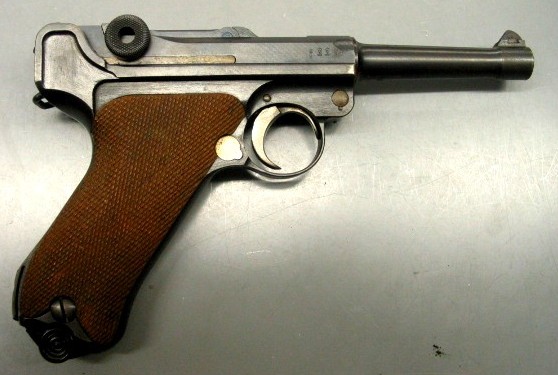
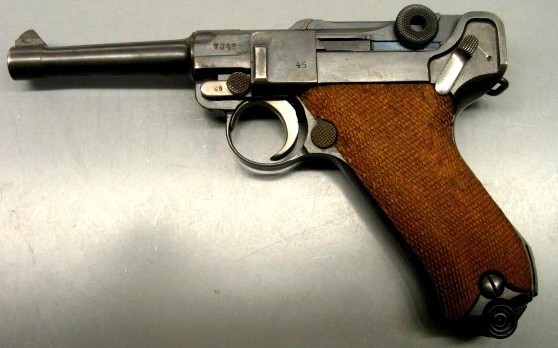

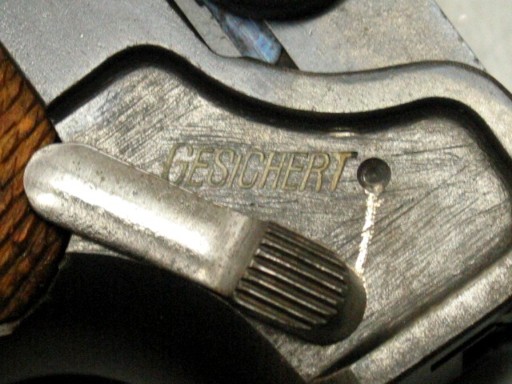
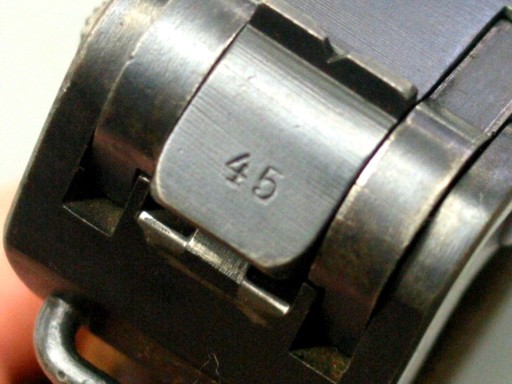
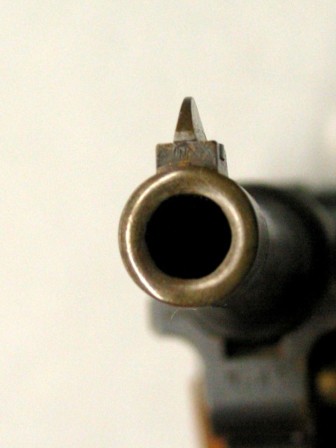
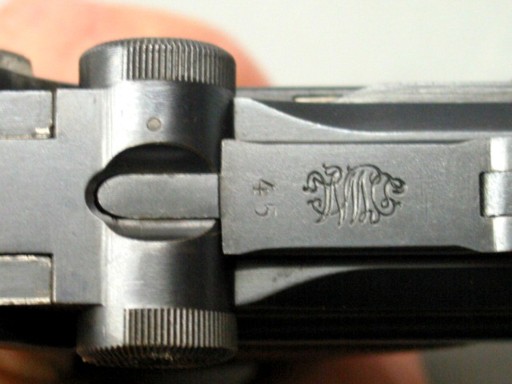

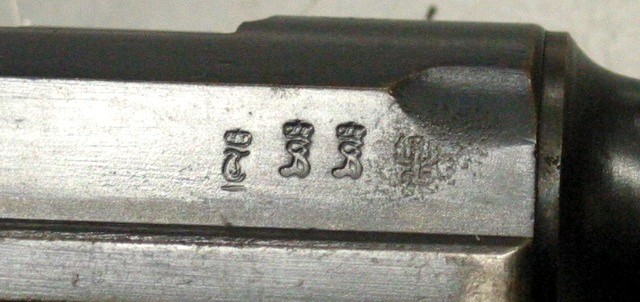
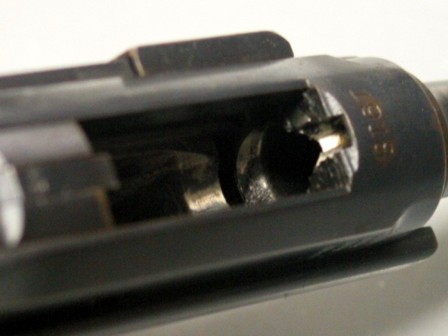
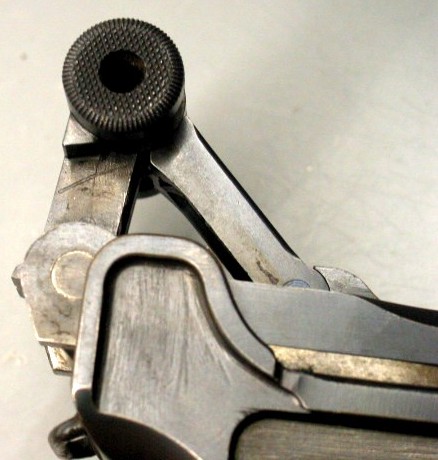
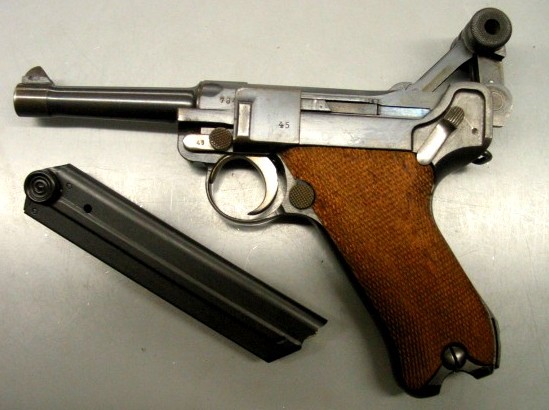


Luger BYF 42
cal. 9mm
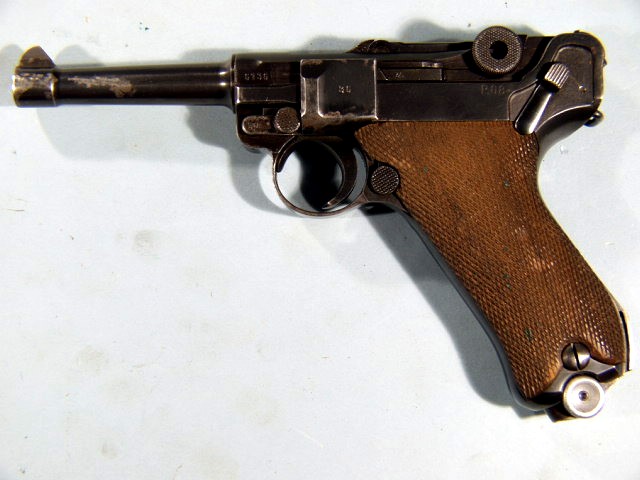
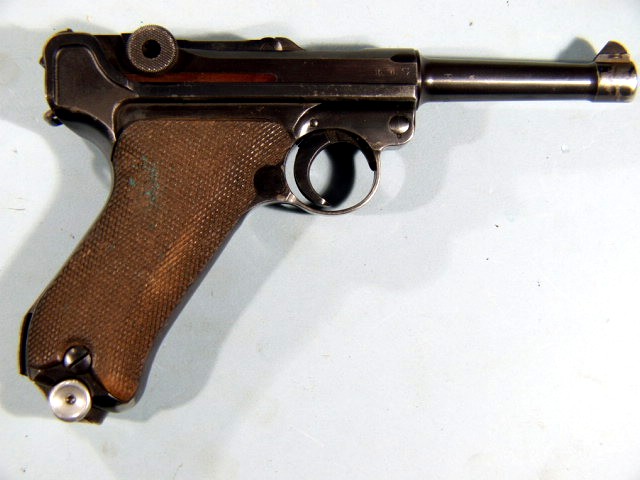

Luger model KRIEGHOFF
cal..30
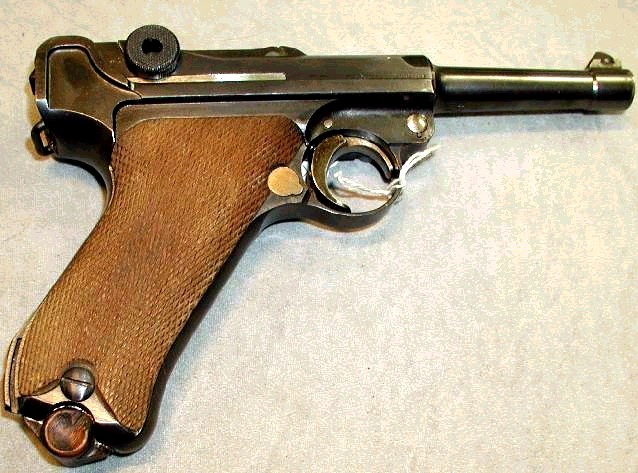
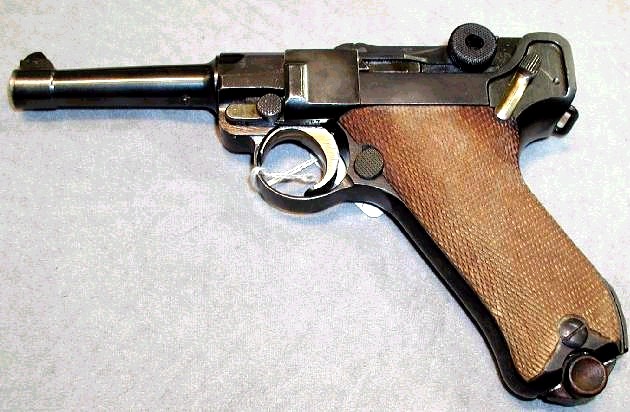
Luger carbine M 1900/2000
Calibre 9 mm Para, length 300 mm. Sight with cursor 1 - 3.
Text and photos by courtesy of Hermann Historica Auctioneers, Munich
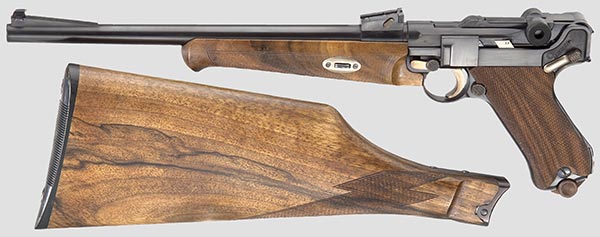
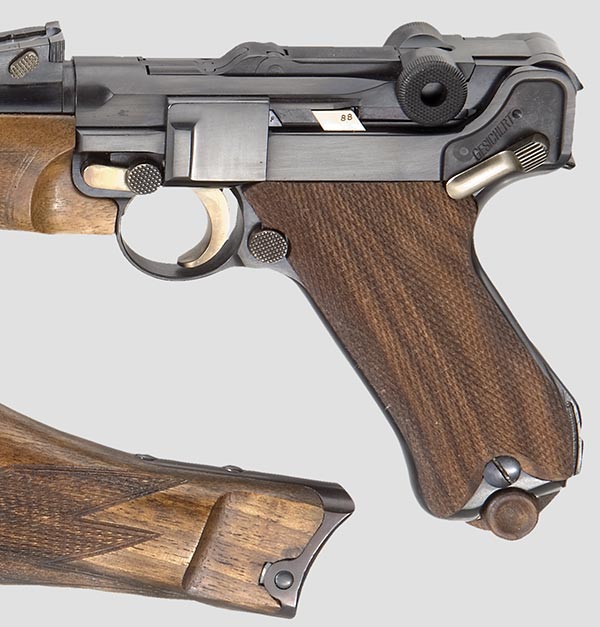
LUGER model NAVY
